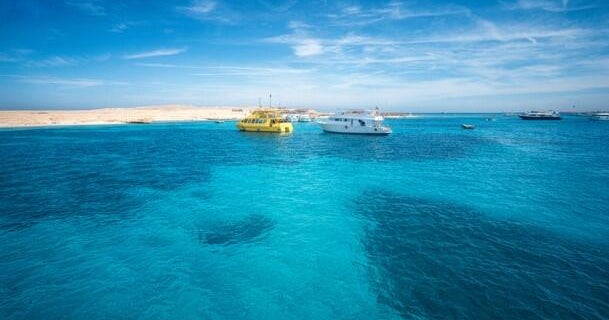Cyclone kills almost 100 as floods, landslides hit Southeast Asia
Lembata, Indonesia — Rescuers were hampered by damaged bridges and roads and a lack of heavy equipment Monday after torrential rains caused multiple disasters on remote eastern Indonesian islands as well as in East Timor. At least 70 people died and dozens were missing in Indonesia, and 21 deaths were reported in East Timor.
Tropical Cyclone Seroja, causing the damage, was expected to continue affecting the Southeast Asian nations for days while moving south toward Australia.
Mud tumbled down from surrounding hills onto dozens of homes in Lamenele village shortly after midnight Sunday on Indonesia's Adonara island. Rescuers recovered 38 bodies and at least five people were injured, said Lenny Ola, who heads the local disaster agency.
Flashfloods killed at least 30 people elsewhere and at least 70 were missing in the province, according to the National Disaster Mitigation Agency. Severe flooding also was reported in Bima, a town in the neighboring province of West Nusa Tenggara, killing two people and submerging nearly 10,000 houses.
Relief efforts were hampered by power outages, blocked roads covered in thick mud and debris, as well as the remoteness of the area on an island that can only be reached by sea which is now surrounded by high waves, said the agency's spokesperson, Raditya Jati.
CBS News' Lucy Craft said videos from Indonesia showed residents young and old being evacuated on rubber boats, or crammed onto tractors and trucks, after the floodwaters swallowed up their villages.
"Everything is gone," one man told local media. "Compared to the possessions, our lives are more important."
Indonesia is an island country, and an estimated one of every two citizens lives in an area believed to be at risk of landslides. Massive deforestation here has been linked to greenhouse gas emissions, and extreme weather… with Indonesia's 50,000 miles of coastline, environmentalists say the country is one of the world's most vulnerable nations to climate change.
The rains caused solidified lava to tumble down the slopes of Ili Lewotolok volcano and hit several villages. That disaster on Lembata island killed at least 11, while at least 16 others were still buried under tons of the solid lava, Jati said. The lava was left after the volcano erupted in November.
Hundreds of people were still involved in the rescue efforts on Monday. Ten districts and the provincial capital of Kupanng were affected by flashfloods and a landslide that damaged five bridges and several public facilities in East Nusa Tenggara province, Jati said.
He said more than 950 houses were damaged, including dozens that were flattened or swept away by floods and mud, forcing 2,655 people to flee to government shelters.
President Joko Widodo said he had ordered his Cabinet ministers and the chiefs of the military, police and disaster agency to carry out emergency response measures as quickly as possible.
"I can feel the grief of our brothers and sisters there caused by these disasters," Widodo said in a televised address, offering deep condolences to the victims.
In East Timor, 11 people were killed in the capital, Dili, and at least 10 bodies were recovered elsewhere in the tiny nation as rains caused landslides and dams to overflow. "We are still searching for the areas impacted by the natural disasters" and the toll could rise, said Joaquim José Gusmão dos Reis Martins, the nation's secretary of state for civil protection.
East Timor President Francisco Guterres Lu Olo offered his condolences to the victims and asked government officials to coordinate the response.
Tropical Cyclone Seroja has produced high waves, strong winds and heavy rains for the past three days and its effects were expected to last until Friday, said Dwikorita Karnawati, head of Indonesia's Meteorology, Climatology, and Geophysical Agency.
She warned that the cyclone could trigger waves more than 13 feet high on Sumba, Flores and Rote islands in East Nusa Tenggara province and up to almost 20 feet high in the southern part of the province and in the Banda Sea and Indian Ocean.
Authorities were still collecting information about the full scale of casualties and damage in the affected areas, Jati said.
Seasonal rains frequently cause flooding and landslides in Indonesia, an archipelago of 17,000 islands where millions of people live in mountainous areas or near fertile flood plains.
Australian forecasters have warned residents in Western Australia state's far north that the tropical cyclone was intensifying and moving toward them.
Seroja, or lotus flower, formed early Monday morning in Indonesian waters and was moving southwest, Australia's Bureau of Meteorology said. It's not expected to affect Australian communities for the next 48 hours, but residents were urged to monitor forecasts.






